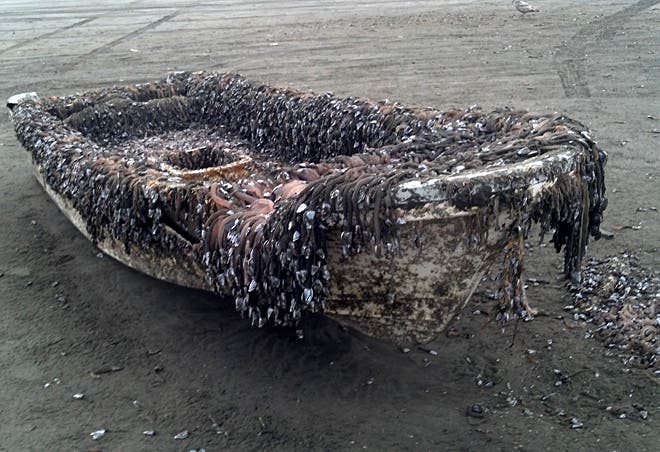The 2011 Japan tsunami was so massive that even today, debris from it keeps washing up in Washington – and that might be a problem. Scientists report that along with the debris, invasive species are also make their way to the USA.

The 2011 earthquake off the Pacific coast of Tōhoku was one of the biggest in recorded history. The earthquake triggered powerful tsunami waves that reached heights of up to 40.5 metres (133 ft), traveling 10 km inland. Even today, we’re still feeling some of its effects – and in more ways than one. The Washington Department of Fish and Wildlife’s aquatic invasive-species unit has recently discovered a barnacle-encrusted Japanese skiff. Three other boats reached the state in the past year alone, and all of them were colonized by dozens of thriving species which have great invasive potential.
“These become their own ecosystems in the ocean,” he said. “What’s not natural is that they’re on man-made objects that don’t disintegrate.”
Invasive species are becoming a greater concern in the modern world, being a rather unforeseen consequence of globalisation. Invasive species are plants and animals not native to a specific location; they’re basically an introduced species with a great tendency to reproduce and overcome native species, causing significant damage to the local environment as well as to human activities and health.
This is an issue that our society, generally speaking, is not prepared to deal with. We have ships traveling from one place to another, bringing with them numerous invasive species, and we even transfer these species ourselves. A 2005 study found that in the US alone, invasive species cause damage of over $138 billion annually, and that number seems to continue to grow.


